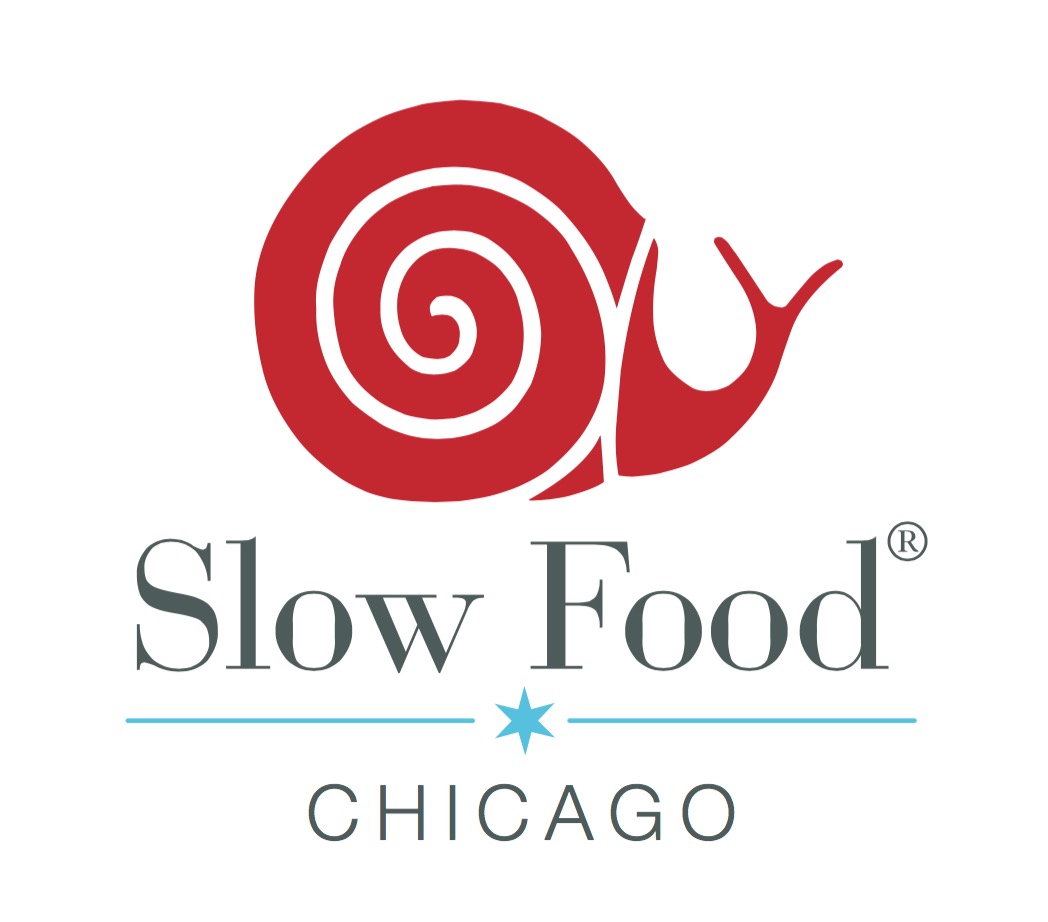Tomato Seedling Sale - This Saturday!
/Looking for something to do this weekend? We've got you covered. Slow Food Chicago's annual heirloom tomato seedling sale will return on Saturday, May 14th. A few of Slow Food Chicago's Board Members will be hanging out in Bang!Bang!'s (Logan Square location) pie garden starting at 9am with an abundance of heirloom varieties of seedlings available for purchase. Need some extra incentive to get your backyard gardens or patio growing spaces up and running? A purchase of 3 or more seedlings will get you a free made-from-scratch biscuit from the good folks at Bang!Bang! Sounds like your weekend is shaping up quite nicely...!
Join us this Saturday, May 14th, 2016 for our Annual Heirloom Tomato Seedling Sale at Bang!Bang! Pie Shop.
When : Saturday, May 14th, 2016 / 9am - 4pm (or until we sell out!)
Where : Bang Bang Pie Shop - Logan Square / 2051 N. California Ave (map)
What : Slow Food Chicago's Annual Heirloom Seedling Sale will feature dozens of different varieties of heirloom tomatoes, grown by master gardener and Slow Food Member, Judy Casten. A full listing of available varieties can be found here.
Cost : Seedlings will be available for purchase at an estimated price range of between $4-6 (depending on variety and size). Remember, if you purchase 3 or more seedlings, Bang Bang will give you a FREE BISCUIT! All proceeds to this sale support Slow Food Chicago.
















